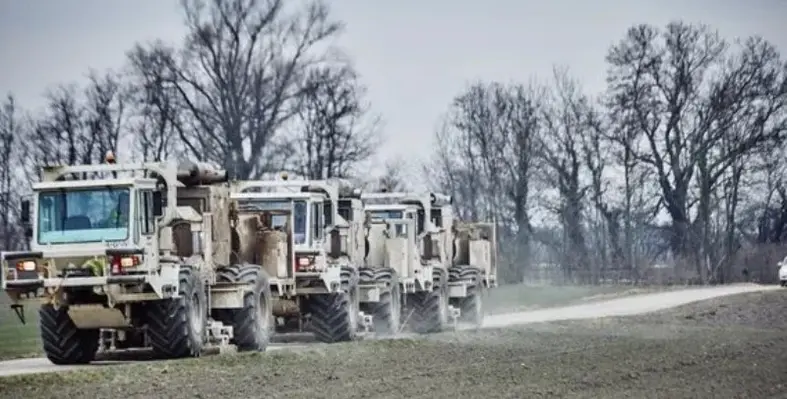 OMV has announced a major seismic survey to begin in December 2025, aiming to assess the geothermal potential of the East Styrian basin, specifically in the greater Graz region.
OMV has announced a major seismic survey to begin in December 2025, aiming to assess the geothermal potential of the East Styrian basin, specifically in the greater Graz region.
The planned campaign will investigate geological formations at depths ranging from 700 to 3,500 meters to identify potential geothermal reservoirs—deep underground sources of hot water that could support sustainable heating solutions.
This initiative builds on OMV’s previous success with “deeep,” its geothermal joint venture with Wien Energie. It also leverages OMV’s long-standing experience in the Vienna Basin and its extensive expertise in energy exploration and production.
Once the seismic work is completed, the acquired data will be processed and interpreted to generate a detailed image of the subsurface. This image will assist OMV geoscientists in identifying viable geothermal targets. Based on these results, an exploratory well is scheduled for drilling in the second half of 2026. If the anticipated geothermal resources are confirmed, OMV plans to collaborate with Energie Steiermark and Energie Graz on the long-term utilisation of deep geothermal heat. The ultimate goal is to develop a climate-friendly district heating supply system for the wider Graz area. The project is currently undergoing review by competition authorities for regulatory approval.
“Deep geothermal energy, i.e. the use of heat from deep underground, is a central part of OMV's transformation and offers a promising opportunity to supply households with climate-neutral district heating. With projects like this one in Styria, we are consistently driving forward the implementation of our geothermal strategy and paving the way for a sustainable, secure and regional energy future,” said Berislav Gaso, OMV Executive Vice President Energy.
The seismic campaign will last only a few weeks and will run between December 2025 and March 2026. Specialised seismic trucks will generate ground vibrations, mostly along public roads, while geophones will record how these vibrations reflect off underground rock layers. The vibration frequencies are similar to those of natural ground movements and are considered environmentally safe. In total, the survey will span about 900 kilometres.
Currently in its approval phase, the project must secure all necessary permits to meet Austria’s legal and environmental standards. This seismic survey marks a key step in advancing deep geothermal energy and supporting Austria’s transition to climate-neutral energy sources.
